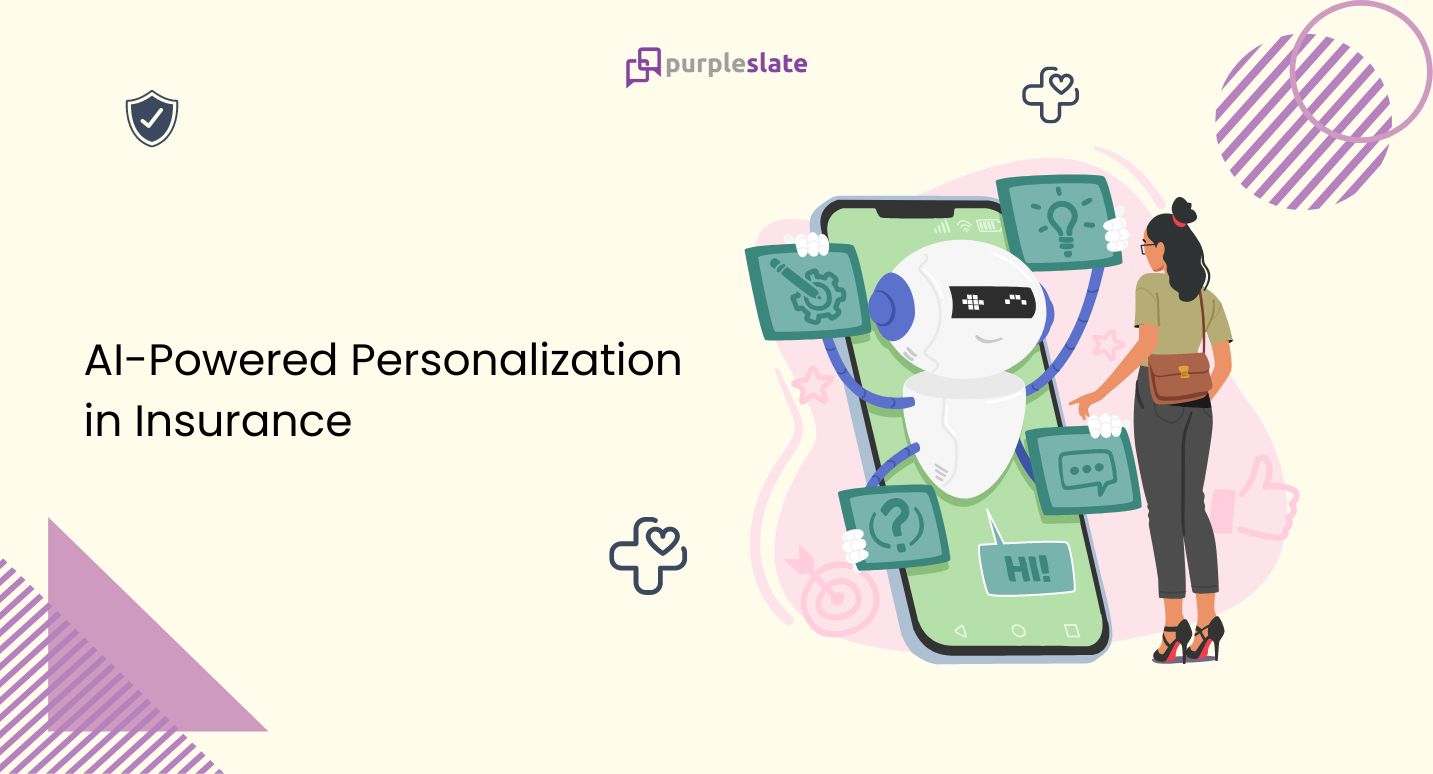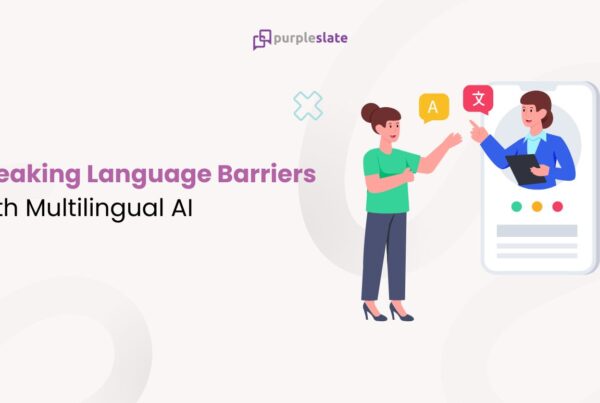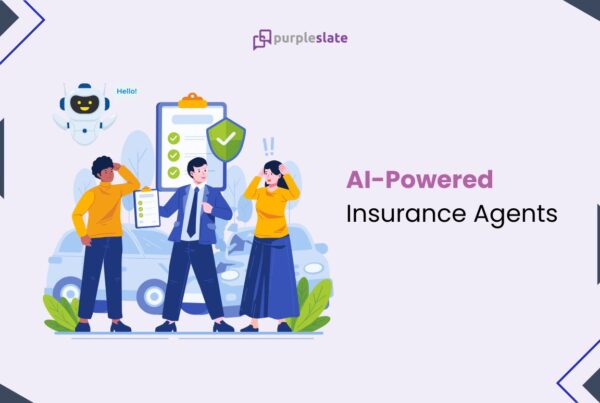
Introduction
Consumers today expect more than generic products and services—they demand hyper-personalization. This trend has reshaped industries, and insurance is no exception. Yet, the challenge for insurers is that traditional methods of risk assessment and customer engagement are often outdated, unable to meet the demands of today’s tech-savvy consumers. Many insurers continue to rely on broad segmentation and general policy offerings that fail to recognize individual customer needs. This one-size-fits-all approach leaves many customers feeling overlooked and dissatisfied.
As the insurance landscape becomes more competitive, failing to adopt hyper-personalized approaches can lead to poor customer retention and loss of market share. Customers are more likely to switch providers if their individual preferences, risk profiles, and unique needs are not met. Traditional marketing and underwriting techniques can no longer keep pace with customer expectations for personalized services. The stakes are high, and the gap between what customers want and what insurers deliver continues to widen.
Fortunately, Artificial Intelligence (AI) has emerged as the key to solving this challenge. AI-driven technologies can analyze vast amounts of data, providing insurers with deep insights into customer behavior and preferences. By leveraging AI, insurers can deliver tailored policies, customized claims experiences, and personalized communications, driving customer loyalty and competitive advantage in the marketplace.
The Rise of Hyper-Personalization in Insurance
Hyper-personalization is no longer a luxury—it’s a necessity. Consumer expectations have shifted dramatically in recent years, driven by experiences with industries such as e-commerce and entertainment, where personalized services are the norm. Customers now expect insurance providers to offer the same level of tailored services, whether it’s through personalized policy recommendations, claims processes, or proactive communication about their evolving needs. This demand for hyper-personalization is transforming how insurance companies engage with their clients.
Traditionally, insurers relied on broad market segmentation, offering standard policies based on general demographics like age, gender, or location. However, this approach fails to capture the nuances of individual customer needs and preferences. In contrast, hyper personalization uses data-driven insights to offer insurance solutions that align more closely with the unique profiles of each customer.
As the industry shifts from mass marketing to hyper-personalized approaches, insurers must invest in advanced technologies to stay competitive. By focusing on personalizing every touchpoint—from policy selection to claims handling—insurers can not only enhance customer satisfaction but also increase loyalty and reduce churn rates. Those who fail to embrace this shift risk falling behind as customer-centricity becomes the benchmark for success in the insurance sector.
How AI Powers Hyper-Personalization in Insurance
Artificial Intelligence (AI) is at the heart of hyper-personalization. By analyzing massive datasets, AI enables insurers to understand each customer at an individual level. The key technologies driving this transformation include data collection, predictive analytics, and behavioral insights, all of which allow insurers to craft customized insurance products and services that fit the precise needs of their clients.
AI-driven systems can aggregate data from a wide range of sources—both structured and unstructured—such as customer interactions, social media activity, IoT devices, and more. With this information, insurers can build detailed customer profiles that reflect behavior, preferences, and risk patterns. This granular data helps them anticipate customer needs, offering personalized policy recommendations and risk assessments.
Predictive analytics takes things a step further by using past data to forecast future customer behavior. For example, AI can analyze historical claims data to predict when a customer might file a claim or require policy adjustments. This allows insurers to proactively offer solutions before the customer even realizes they need them.
Additionally, AI tools generate behavioral insights, which can tailor communication strategies. Insurers can send personalized reminders, offer customized promotions, or provide real-time policy recommendations. By using AI to hyper-personalize their offerings, insurance companies can build stronger relationships with customers, making their interactions more relevant and timely.
Benefits of Hyper-Personalization in Insurance
The benefits of leveraging AI for hyper-personalization in insurance are profound and multi-faceted. First and foremost, hyper-personalization leads to significantly improved customer engagement. By delivering targeted, relevant content and product recommendations, insurers can increase customer satisfaction and foster deeper loyalty. In an industry where trust is crucial, the ability to offer tailored solutions builds a stronger bond between the insurer and the policyholder.
One of the standout advantages of hyper-personalization is the creation of customized policy offerings. AI enables insurers to design bespoke policies that align precisely with each customer’s risk profile, lifestyle, and preferences. Rather than offering generic policies, insurers can adjust coverage, premiums, and add-ons to fit each individual’s specific needs. This tailored approach results in a better customer experience and reduces the likelihood of policy cancellations or lapses.
Hyper-personalization also enhances the claims process. AI can provide personalized guidance throughout the claims journey, ensuring customers receive timely and relevant updates. By anticipating customer needs and streamlining communication, insurers can reduce friction and improve overall trust. In an industry often marked by customer frustration during claims, personalization offers a major improvement in service delivery. Additionally, data-driven personalization allows insurers to optimize operations, reducing administrative costs and processing times.
purpleSlate’s Role in Facilitating Hyper-Personalization
purpleSlate is uniquely positioned to help insurers unlock the full potential of AI-powered hyper-personalization. Through its Conversational AI platform, purpleSlate enables insurers to create dynamic, real-time interactions with their customers across multiple channels, such as chatbots, voice assistants, and messaging platforms.
purpleSlate’s AI solutions allow insurers to engage customers at a personal level. Whether customers are inquiring about policy details, submitting a claim, or seeking advice, purpleSlate’s platform delivers personalized responses based on the customer’s history, preferences, and behavior. This level of personalization not only improves the customer experience but also enhances operational efficiency by automating routine customer interactions such as answering policy questions and updating customer data.
With its robust Conversational AI capabilities, purpleSlate ensures that insurers can provide hyper-personalized experiences at scale, offering customers the relevant and timely support they expect. This empowers insurers to remain competitive while driving customer satisfaction and loyalty.
Conclusion
AI is undeniably transforming the insurance industry, making hyper-personalization not just an option but a standard for customer engagement. By leveraging AI, insurers can deliver tailored experiences, offering policies that truly meet individual customer needs, thus enhancing customer satisfaction and fostering loyalty. AI’s ability to analyze vast amounts of data, predict customer behavior, and streamline operations creates new opportunities for insurers to provide more relevant and timely solutions.
As AI technology evolves, the potential for even deeper personalization grows, offering insurers a powerful tool to stay competitive in a customer-centric market. With companies like purpleSlate driving innovation in Conversational AI, insurers can seamlessly implement these hyper-personalized solutions, blending operational efficiency with personalized customer interactions.
In an era where personalization is key, embracing AI-driven hyper-personalization strategies will be crucial for insurance companies looking to thrive and meet the ever-evolving expectations of their customers.




